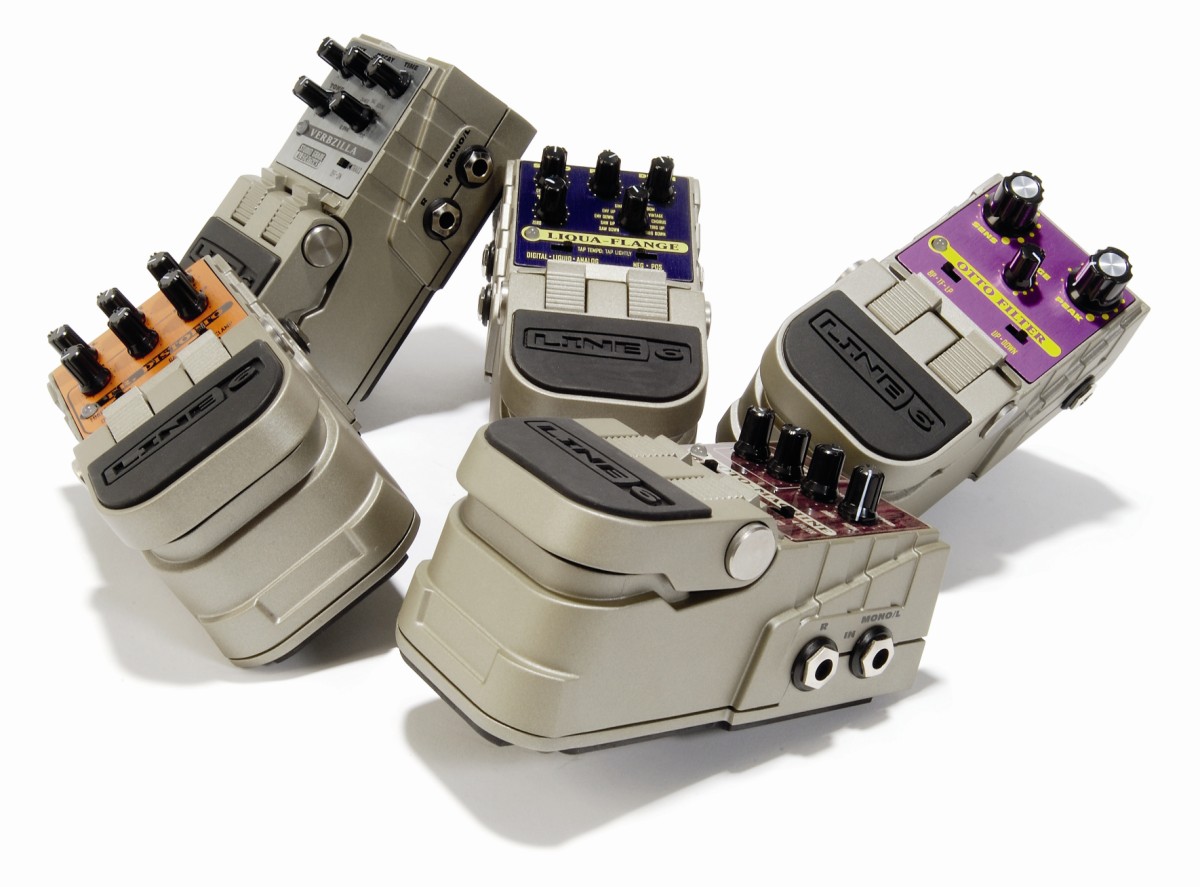MusicRadar Verdict
Great sounds across a range of styles.
Pros
- +
All the flanger sounds you can think of… and then some.
Cons
- -
All those controls could get fiddly on a dark sweaty stage.
MusicRadar's got your back
To call the Liqua-Flange just a flanger pedal is rather understating things. It's a lot of flangers squashed into a tiny box, with enough flexibility to keep you occupied for weeks.
There are three modes of operation: analog emulates the simple flange sounds of vintage pedals, liquid uses two offset delay signals to emulate the early rackmount flangers, and digital has a flat frequency response for a more modern sound.
Whatever mode you're in, you can choose from no less than 11 waveforms, ranging from the traditional sine and vintage (the latter based on the MXR flanger) settings to the more extreme step and trigger.
These waveforms can then be fine-tuned with the speed, depth, feedback and time controls. The flange speed can also be controlled via the tap tempo function and there's yet another switch (positive/negative) for selecting the phase of the delay line.
Sounds
This is quite some pedal. In short, the sound quality is excellent and there's a good mix of the traditional and the extreme.
While the crazier sounds are impressive, the Liqua-Flange does the simple sounds well - a gentle chorus or a touch of subtle analogue sweep works well with a clean single-coil sound.
The one difficulty with having so many possibilities is the lack of presets - you'll need to take note of all the cool sounds you dial in.
Want all the hottest music and gear news, reviews, deals, features and more, direct to your inbox? Sign up here.
